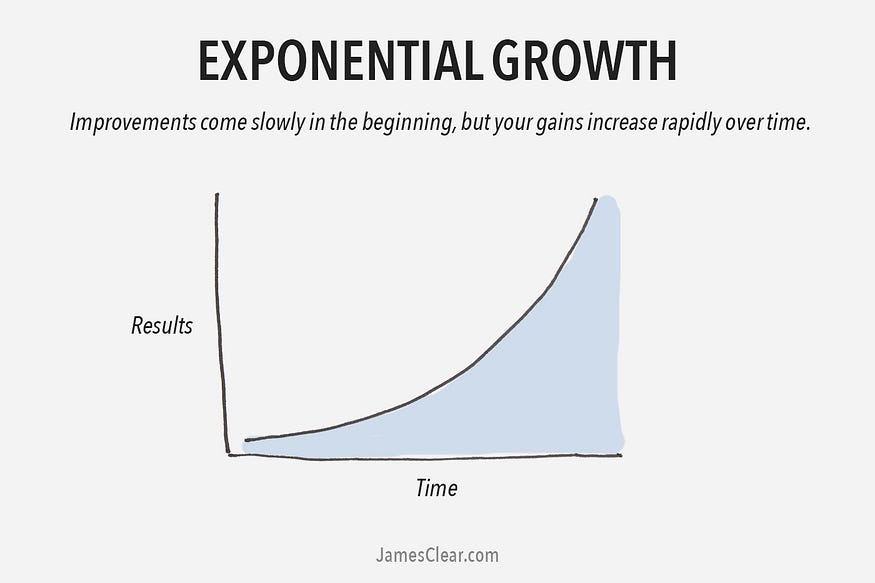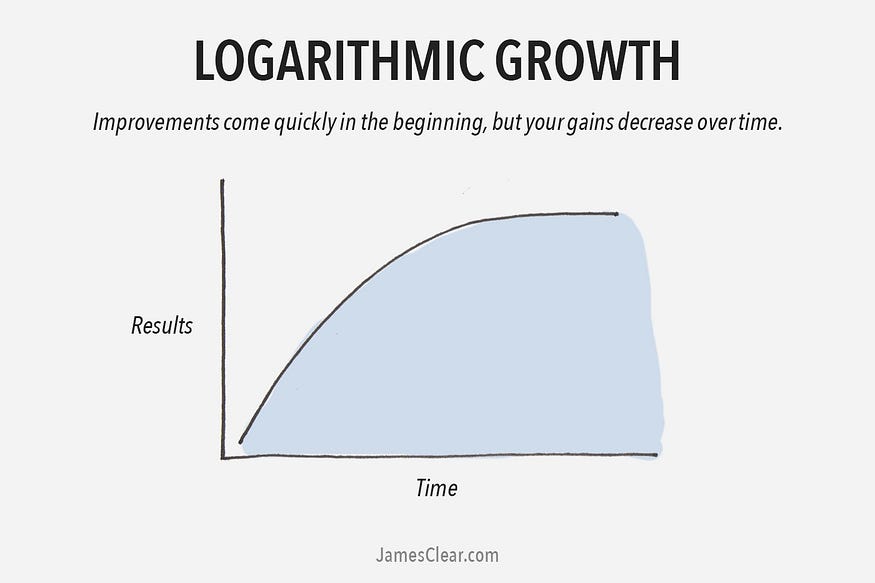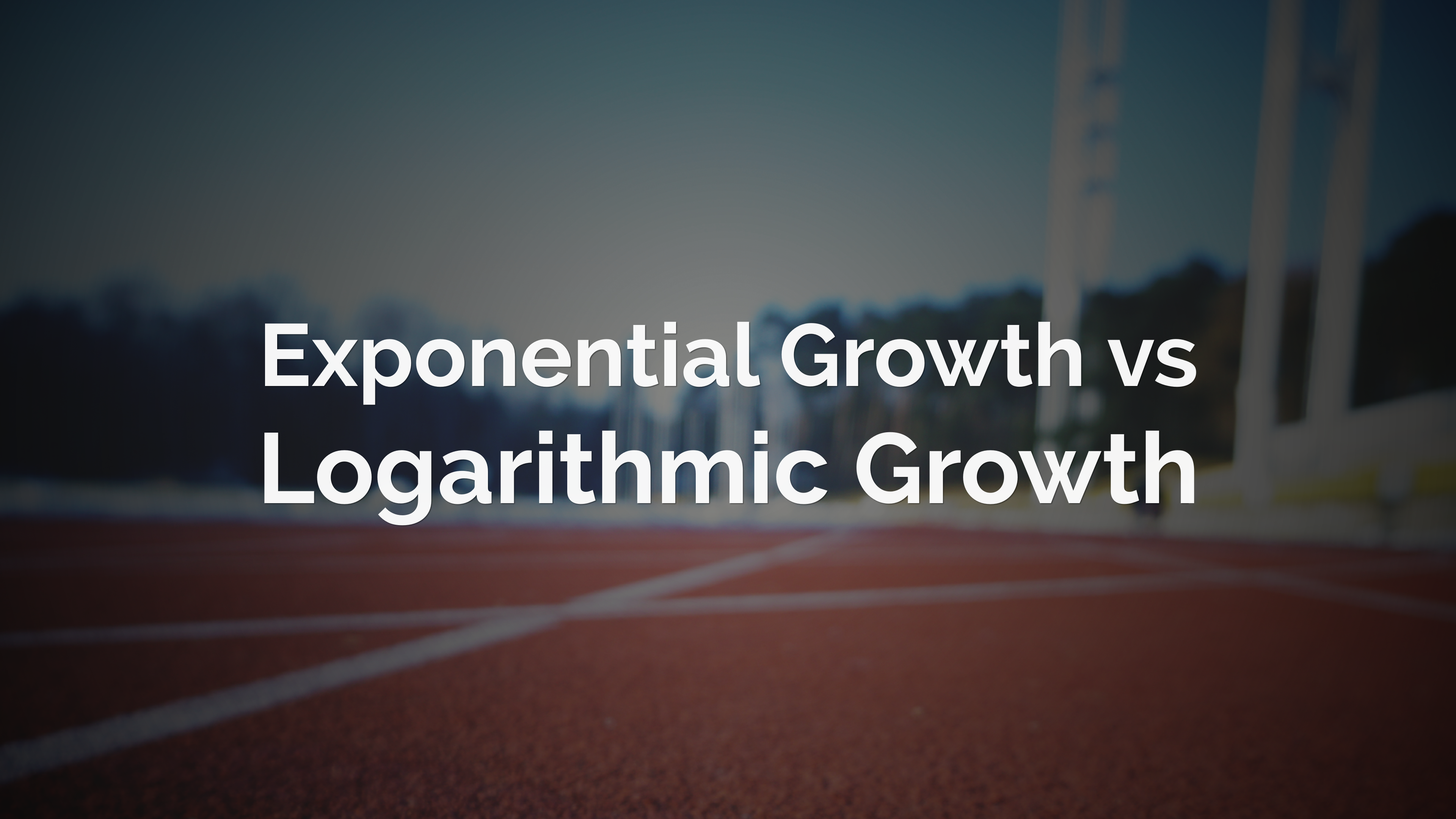Growth in any area—career, skills, business—follows two main patterns: exponential and logarithmic. Recognizing the difference can help you optimize your efforts, sustain progress, and avoid burnout.
Exponential Growth: Rapid Gains & Breakthroughs
Exponential growth happens when progress accelerates over time. The more you grow, the faster it compounds.
Examples of Exponential Growth:
- Skill Mastery: When learning a new language, the first 100 words come fast, and understanding compounds as vocabulary grows.
- Business Scaling: A startup gaining traction experiences exponential user growth once it reaches critical mass.
- Fitness Progress: A beginner lifting weights sees rapid strength gains in the first few months.
How to Leverage Exponential Growth:
- Take Advantage of Early Momentum – Invest heavily in learning and practice in the beginning.
- Seek Challenges – Push beyond your comfort zone to keep compounding progress.
- Embrace Failure as Fuel – Every setback is a stepping stone to rapid improvement.
However, exponential growth isn’t infinite—it eventually slows, leading to logarithmic growth.

Logarithmic Growth: Refinement & Sustainable Mastery
Logarithmic growth starts fast but slows down as you reach higher levels. Improvement requires more effort for smaller gains.
Examples of Logarithmic Growth:
- Athletic Performance: A beginner runner may shave minutes off their mile time, but a professional struggles to cut even a second.
- Career Progression: Early promotions may come quickly, but reaching an executive level takes years of refinement.
- Skill Mastery: A chess player improves rapidly at first but needs deep strategic study to advance further.
How to Leverage Logarithmic Growth:
- Shift Focus to Refinement – Improve the small details that separate good from great.
- Be Patient with Progress – At advanced levels, growth is slower but deeper.
- Explore Adjacent Skills – Expanding into related areas (e.g., a pianist learning composition) keeps you growing.

Balancing Both Growth Types for Peak Performance
To achieve sustained success, you must transition between these growth phases strategically.
How to Balance Both:
- Recognize When Growth Shifts – Use exponential growth to build momentum, then embrace logarithmic growth for mastery.
- Set Dual Goals – Short-term rapid growth (e.g., mastering a new tool) and long-term refinement (e.g., leadership skills).
- Stay Adaptable – Shift between high-intensity learning and long-term skill honing as needed.
Real-Life Example:
A startup founder experiences exponential growth in the first few years, rapidly scaling the company. But once the market is saturated, progress slows, requiring strategic optimizations and innovations for continued success.
Conclusion: Grow Smarter, Not Just Faster
Understanding when to push for exponential growth and when to refine through logarithmic growth is key to long-term success. Whether in business, fitness, or personal development, knowing how growth evolves ensures you maximize both rapid gains and sustainable mastery.
Action Step: Identify one skill or area in your life where you’re in exponential growth and one where you’re in logarithmic growth. What adjustments can you make to maximize your progress?
